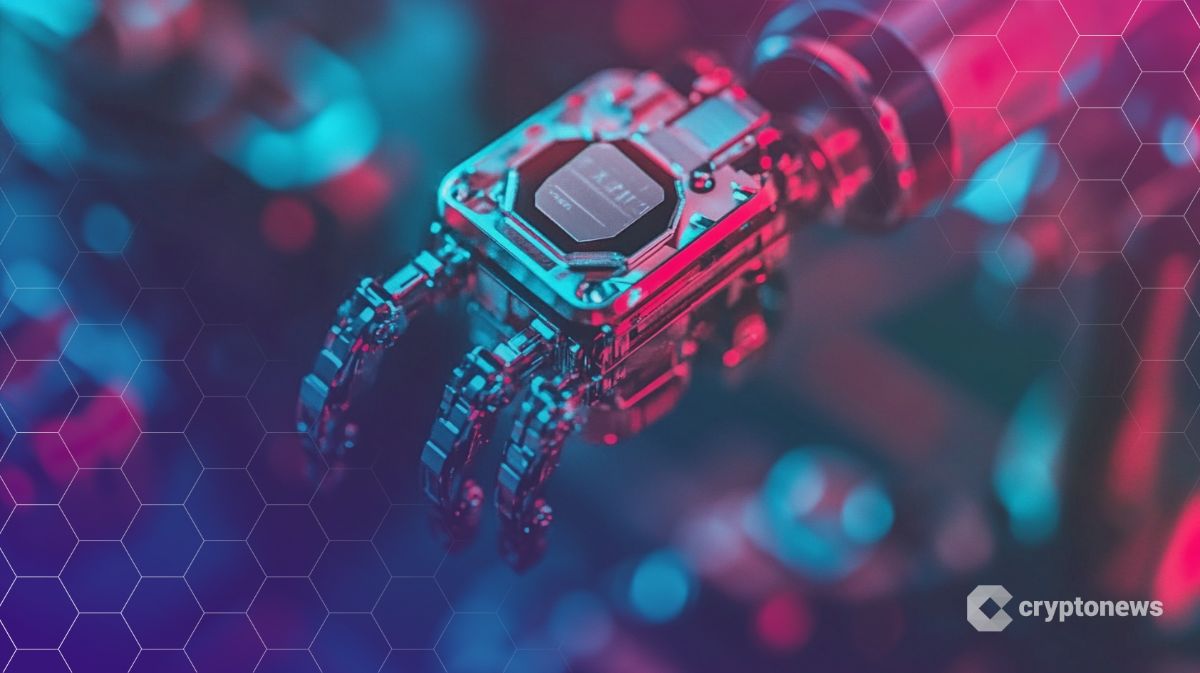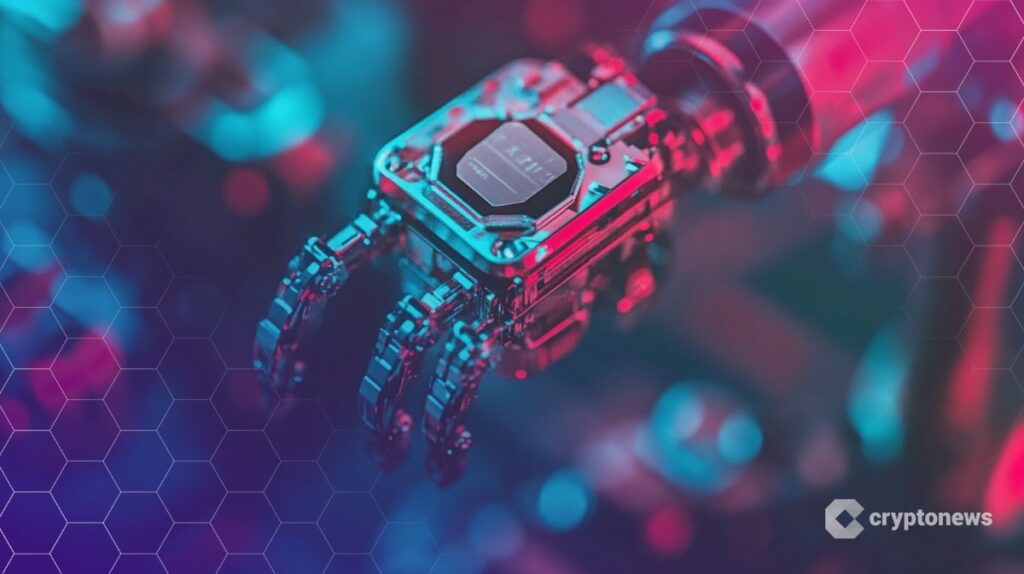
Coinbase’s experimental x402 payment protocol, designed to allow AI agents and humans to pay directly in stablecoins over the internet, has exploded in activity.
Key points to remember:
- Coinbase’s x402 protocol saw a 10,000% increase in transactions, processing nearly 500,000 payments in a week.
- The protocol re-enables the HTTP 402 “Payment Required” code to enable instant on-chain stablecoin payments.
- Growing developer interest has fueled x402-based token launches.
According to data from Dune Analytics, the payment protocol has increased transactions by more than 10,000% over the past month.
Coinbase’s x402 revives HTTP 402 to enable instant on-chain payments
Originally introduced in May, x402 reinvents the long-unused HTTP 402 status code, “Payment Required,” as a native Internet payment layer.
It allows automatic transactions in real time without credit cards or intermediaries.
Users, or AI agents, can request a service, receive a 402 payment prompt, and send a signed stablecoin payment, which the system verifies on-chain.
From October 14 to 20, the protocol processed nearly 500,000 transactions, an increase of 10,780% from the previous month.
Activity peaked on Friday with 239,505 transactions recorded, while Thursday saw a record trading volume of $332,000.
The sudden rise comes amid growing attention to “agentic AI,” autonomous artificial intelligence systems capable of managing finances and resources, highlighted this week in a16z Crypto’s 2025 State of Crypto report.
The company predicts that these agents could generate up to $30 trillion in autonomous transactions by 2030.
Coinbase developers Kevin Leffew and Lincoln Murr explained in August that x402 could offer a new financial layer to digital agents, allowing them to pay for computing, storage, or even transportation without human intervention.
“They need atomic payments, programmable policies, and composable wallets,” they wrote. “Ethereum and stablecoins give them exactly that.”
Developers have also started using the x402 framework to launch new tokens, sparking a wave of x402-powered memecoin projects, according to KuCoin Ventures.
The trend was strong enough for CoinGecko to add “x402 tokens” as a separate category, which has since grown to a $180 million market, up 266% in just 24 hours.
Coinbase’s new protocol highlights a broader shift toward the integration of AI and on-chain finance, where machines can autonomously manage payments and data without third parties.
If adoption continues at current rates, x402 could become the first working bridge between AI systems and blockchain-based economic activity, a key step toward what Coinbase once called “fixing the first mistake of the Internet.”
Coinbase faces scrutiny after AI coding tool vulnerability reveals security risks
Last month, an exploit in Cursor, the AI-powered coding assistant reportedly used by all Coinbase engineers, sparked widespread concern in the crypto and cybersecurity communities.
The flaw, dubbed “CopyPasta License Attack,” was revealed by cybersecurity firm HiddenLayer and allows hackers to insert hidden markdown instructions that spread malware through developer files such as README.md and LICENSE.txt.
Once triggered, the attack can compromise entire codebases with minimal user action.
HiddenLayer demonstrated how the vulnerability could silently inject malicious code capable of stealing data, creating backdoors, or modifying critical systems.
The company said similar risks exist in other AI coding tools like Windsurf, Kiro and Aider. The disclosure came shortly after Coinbase CEO Brian Armstrong announced that AI now writes up to 40% of the company’s code, with plans to increase that to 50%.
Critics, including developers and academics, have warned that Coinbase’s rapid deployment of AI could put user assets and core infrastructure at risk.
The article Coinbase’s AI x402 Payments Protocol Sees 10,000% Increase in Activity appeared first on Cryptonews.




